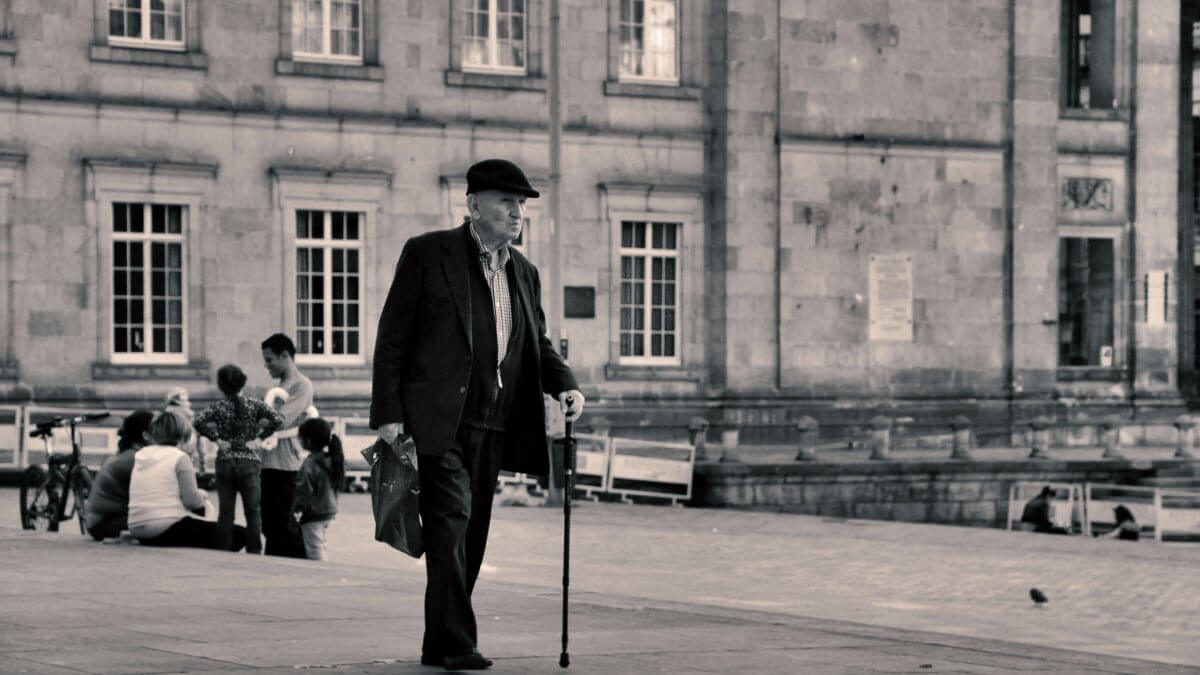
Any doctor or physical therapist will say, choosing and using the correct cane is not as easy as jumping on amazon and buying one. As with any kind of walking aids, a lot of factors contribute to determining what type of cane is right for you:
- Why do you need a cane?
- What kind of support do you need?
- What are your body proportions?
- What is your level of mobility?
These are just a few of many things to consider when choosing an appropriate cane for your needs.
Here are a few guidelines to follow when choosing the right cane:
- Checking the fit
Canes come in both adjustable and fixed varieties. Whichever one is the best option for you, your cane must fit appropriately:
Measure the bend of your elbow. When holding the cane, your elbow should bend loosely and comfortably (usually at about a fifteen-degree angle). This may differ if you’re using your cane for balance.
Check your wrist height. Stand straight, and let your arm hang comfortably at your side. The top of the cane should align with the crease in your wrist. If the cane is too long, picking it up to move it could be difficult and lead to stumbles. If the cane is too short, it could cause you to lean, throwing off your balance, and misaligning your body.
- Selecting a grip
Account for comfort. The cane’s grip is often a matter of personal preference. A foam grip is most comfortable, or better yet, a grip that conforms to the shape of your hand provides comfort and support. If you suffer from arthritis or joint pain or have trouble with grasping for other reasons, a larger grip may be helpful.
Think about repetition. Keep in mind, using a cane means repetitive motion of the hands and joints. The right grip can prevent stress on the joints, avoid pain and numbness in the hands and fingers, and even help prevent joint deformities. Be sure to consult your physical therapist when determining the best grip for your needs.
- Practice with stepping with the affected leg, or the area in need of alignment
The cane is meant to be used to support, so practice using it in the hand opposite of the injured or weak portion of your body that requires the support. Becoming accustomed to the coordination of movement with your cane to support the affected area is important to keep your body aligned, so practice stepping with the cane with your strong leg, then setting it down and using it for support for your injured leg. Do this repetitively, and it will become easier and more comfortable.
- Practice using the cane on the stairs.
When navigating steps with a cane, the railing is your friend (if one is available). Use the support to step up with your strong leg first, then step up with the leg in need of assistance and move the cane in unison. When coming down steps, put the cane on the lower step first, using as support while stepping down with the affected leg. Follow with your strong leg to carry your body weight.
- Check the tip
Rubber tips on the end of a cane provide traction and acts as a grip on the floor, providing stability. The rubber on the tip should be undamaged and pliable. If it appears worn or damaged, a replacement tip is needed.
We have an excellent selection of different canes for different needs here at NCO, and a knowledgable staff to provide you with help in choosing the one that’s right for you.
Whatever kind of cane fits your needs- from a medical cane to canes for the blind, or replacement cane tips, we’re here to give you some support!
